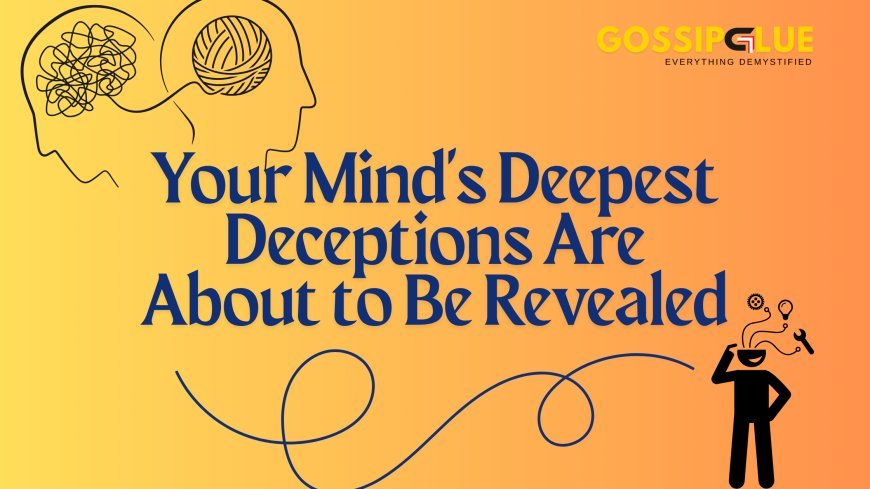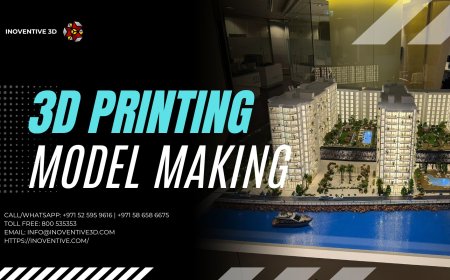Why Do Smart People Make Dumb Decisions? Blame Cognitive Bias
Why do smart people make dumb decisions? Discover how cognitive biases like the dunning kruger effect, confirmation bias, and anchoring effect cloud our thinking and learn practical tips to think clearer.

Imagine youre two steps into a critical code review, confidently pointing out a teammates obvious bug only to realize seconds later that youd misread the requirements. Or picture yourself designing an architecture diagram, certain youve nailed every edge caseuntil production crashes for reasons you never anticipated. If youve ever caught yourself thinking, How could I be so clueless? youre in good company. Even the sharpest minds stumble, and surprisingly often its not a lack of knowledge but the quirks of our own thinking our cognitive biases that lead us astray.
In this post, well unpack why smart people make dumb decisions, spotlighting the very human patterns in our brains that steer us off course. Whether youre eyeing a career in IT or youve already shipped your first feature, understanding these blind spots can be the difference between a facepalm and a breakthrough.
The Invisible Forces: What Are Cognitive Biases?
Before we dig into real?world examples, lets get clear on what we mean by cognitive biases. At its core, a cognitive bias is a systematic error in thinking that affects the decisions and judgments that people make. These arent one?off slip?ups theyre built into the wiring of your brain, shortcuts that simplified decision?making back when ancient humans were evading saber?toothed tigers. Today, those shortcuts can backfire in the data?driven world of IT.
The Dunning?Kruger Effect: Confidence vs. Competence
The trouble with the world is that the stupid are cocksure and the intelligent are full of doubt.
Bertrand Russell
Ever noticed someone breezily offering expert advice on Kubernetes with zero cluster?ops experience? Thats the dunning kruger effect at play. In brief, this bias describes how people with low ability at a task overestimate their capability. Meanwhile, experts often underestimate themselves because theyre more aware of complexities.
Newbie Syndrome: The moment you learn just enough Python to write a script, you feel unstoppable until production data scales and that script grinds to a halt.
Expert Humility: Seasoned engineers continually question their code, running endless tests and peer reviews precisely because they know how much they dont know.
By recognizing the dunning kruger effect, you can catch yourself before you swagger too far beyond your skill level. A quick reality check pair programming with a more experienced peer or writing unit tests earlier can ground your confidence in competence.
Confirmation Bias: Seeking What Feels Right
Youve probably heard the term confirmation bias, but what exactly does confirmation bias meaning boil down to? Its our tendency to favor information that confirms our preexisting beliefs and ignore data that contradicts them.
Imagine youre convinced that Microservices are the ultimate cure for monolithic bloat. You dive into blog posts and case studies that trumpet their benefits and conveniently gloss over articles pointing out the operational overhead. Before you know it, youve pitched a multi?service architecture without fully considering the deployment nightmare that follows.
To fight confirmation bias:
1. Play Devils Advocate: Deliberately look for challenges to your assumptions. If you love microservices, read up on how Conways Law can make them a mess.
2. Pair Review: In code reviews, ask reviewers to specifically seek out counter?examples or alternative solutions.
3. Data-First Decisions: Rely on metrics load tests, monitoring dashboards rather than gut feelings when evaluating an approach.
Anchoring Effect: The First Number Wins
When negotiating cloud costs with your CFO, the first price on the table often sets the tone. Thats the anchoring effect our minds latch onto the initial piece of information (the anchor) and adjust insufficiently from there.
In IT terms:
Project Estimates: If the first sprint is estimated at two weeks, subsequent sprints may get anchored around that time frame, even if the complexity changes drastically.
Performance Metrics: If your baseline latency measurement is 200ms, improvements might be judged against that number, even if a fresh measurement under better conditions is 150ms.
To avoid anchoring:
Blind Estimates: Collect time or cost estimates anonymously before revealing others numbers.
Multiple Anchors: Provide a range of reference points rather than a single figure.
Re?anchor with New Data: When fresh analytics arrive, reset your baselines openly and update expectations.
Real?World Case Study: When Bias Broke Production
Last year, our team at DevNexus rolled out a quick fix for a memory leak based on a gut?feel optimization. We ignored deeper profiling data (confirmation bias) and believed this patch would slash usage by 30%. We anchored on that 30% goal so tightly that we never revisited the profiler after deployment. Three days later, our service crashed peak memory usage never budged.
What we learned:
1. Dont Skip the Profiler: Always re?run your diagnostics after major changes.
2. Challenge Your Patch: Treat your own fixes as if they came from a competitor.
3. Debrief with Data: After an incident, document not just what went wrong technically but which cognitive biases played a role.
Turning Bias into an Advantage
Heres the good news: once you know these pitfalls exist, you can build guardrails.
Bias Awareness Workshops: Host monthly sessions where engineers share bias fails and recovery tips.
Decision Checklists: Before launching an architecture change, run through a checklist: Have we sought disconfirming evidence? Are our anchors valid?
Culture of Questioning: Encourage every team member even interns to ask Why? at every stage.
Conclusion: Smarter Decisions, Happier Teams
Smart people make dumb decisions thats just part of being human. But when we shine a light on our brains little misfires (cognitive biases), we gain the power to make better choices, ship more reliable software, and build healthier teams. Next time you catch yourself falling for the dunning kruger effect, confirmation bias, or anchoring effect, pause. Breathe. And ask: What am I missing?
Youve got the curiosity and the skills. Now pair them with a bit of self?awareness, and youll transform those facepalms into aha moments.





































